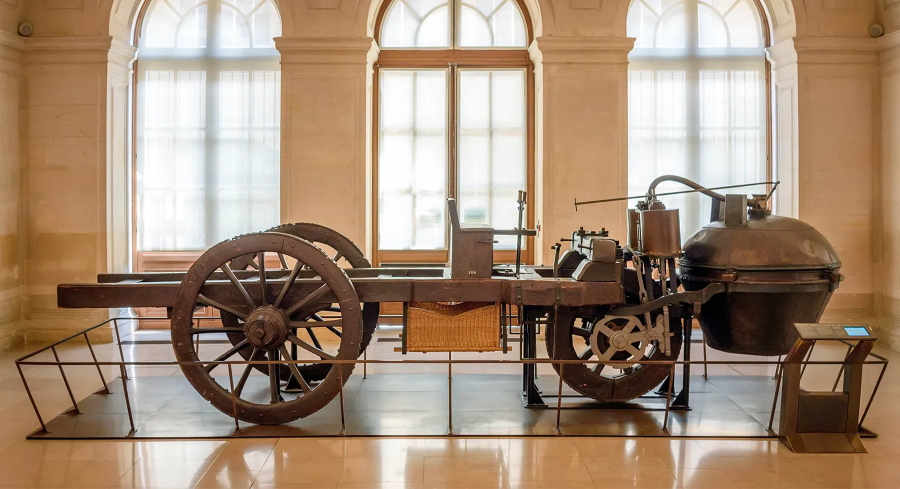Throughout history, invention has often sprung from curiosity, persistence, and even failure. From ancient materials turned into unexpected tools to modern innovations that reshaped daily life, human creativity has found ways to transform simple ideas into lasting breakthroughs.
Whether it was a photographer’s failed rubber experiment that led to chewing gum, paper transformed into armour, or Edison’s relentless pursuit of practical light, each story reveals the same truth: innovation often begins with an open mind and a willingness to see possibility where others see none.
The Sweet Twist of a Sticky Idea
In the late 1860s, American photographer Thomas Adams met Mexican General Antonio de Santa Anna, then living in exile on Staten Island. Santa Anna had brought with him a supply of chicle, the sap of the sapodilla tree, which he hoped could be turned into rubber. Adams tried to mould chicle into toys, masks, and tyres, but the experiments failed.
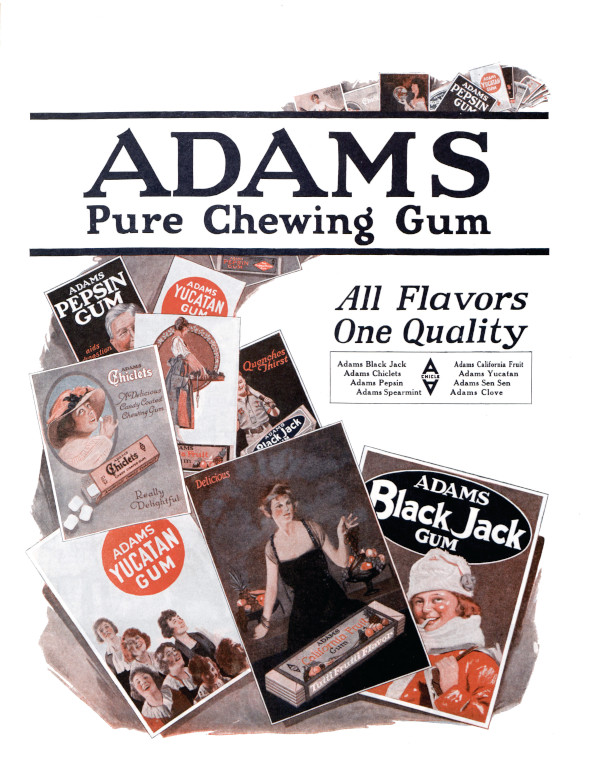
Not one to waste materials, Adams began chewing the rubbery substance. He soon saw potential, adding flavour and texture. In 1871, his Adams New York Gum went on sale in drugstores, becoming the first mass-produced chewing gum in the United States. The company he founded, Adams Chewing Gum, became a leader in the industry before eventually being acquired by other companies. It was a lasting legacy of invention born from persistence and chance.
Paper Armour
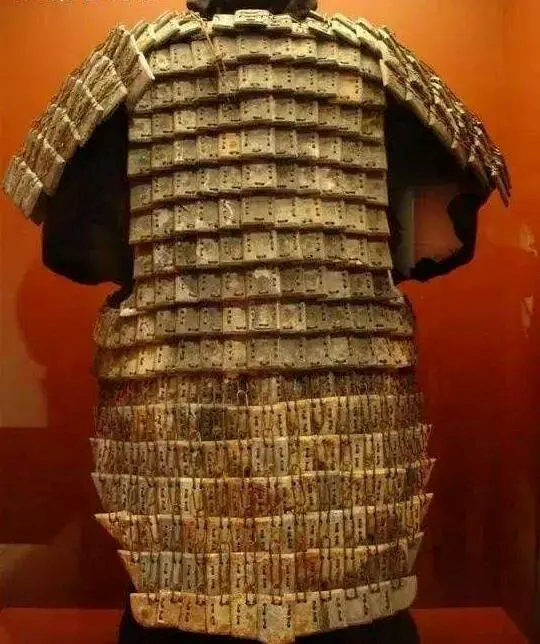
Paper, as we know it, was invented in China during the Eastern Han dynasty around 105 AD. While writing was its most transformative use, paper found other surprising applications. By the Tang and Song dynasties, layered paper was fashioned into armour. Light, flexible, and surprisingly strong, it could even resist arrows under the right conditions. This unusual adaptation shows how an invention can evolve far beyond its original purpose.
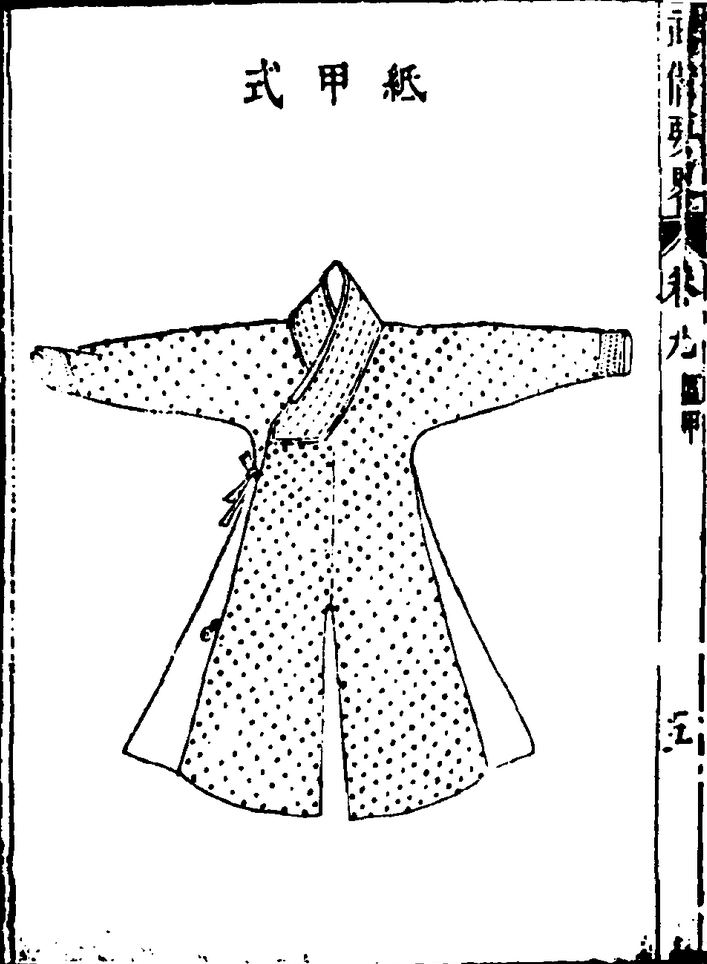
Edison and the Lightbulb
Thomas Alva Edison did not invent the lightbulb. Still, in 1879, he developed a reliable version that could be produced and widely used. His breakthrough came with a carbonised filament that glowed for over 13.5 hours inside a vacuum-sealed glass bulb. Subsequent improvements, such as a bamboo filament, extended its life to over 1,200 hours.
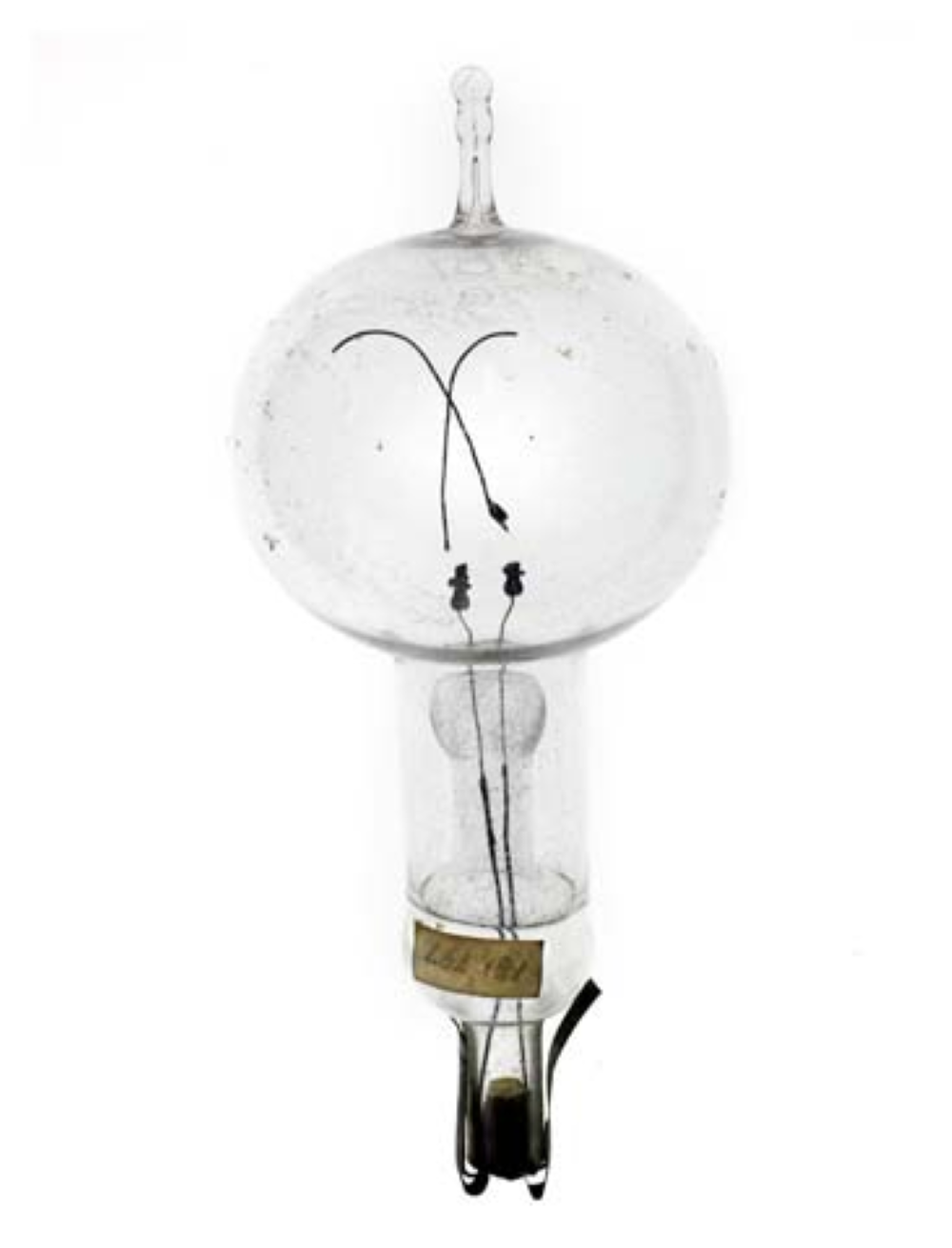
Edison’s genius went beyond the bulb itself. He built the supporting systems—generators, wiring, meters, and switches—that made electric lighting practical. In 1882, he opened the Pearl Street power station in Manhattan, the world’s first commercial electricity supply. It initially served 59 customers, but soon demand spread as electricity powered motors, transportation, and industry. Edison’s companies later merged into Edison General Electric, a forerunner of today’s General Electric.
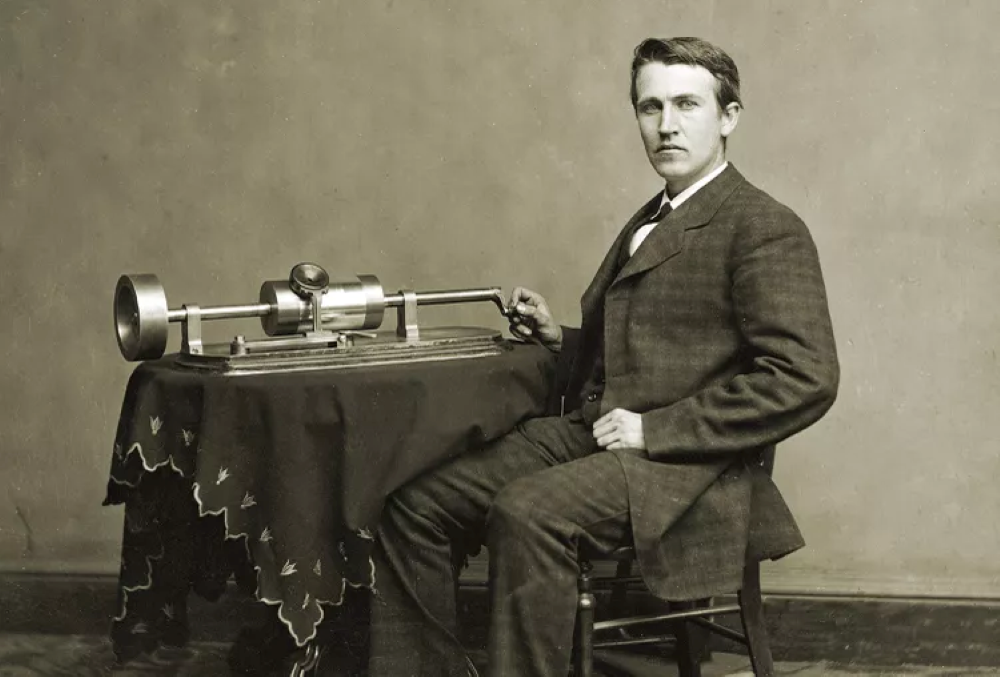
Over his lifetime, Edison registered 1,093 U.S. patents, including the phonograph and the motion picture camera. His lightbulb and power systems reshaped modern life. Yet he also had failures: his ventures in concrete construction and iron-ore mining never succeeded commercially and cost him dearly. Still, his cement company contributed to important projects, proving that even setbacks can be repurposed into future successes.
Failures and Oddities
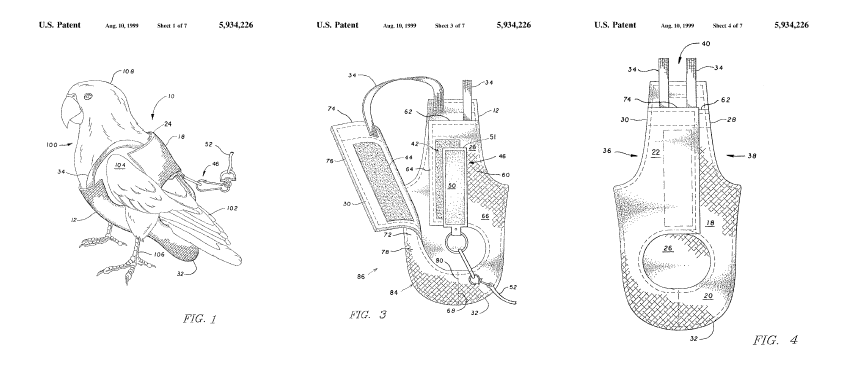
Edison believed that failures shaped inventors as much as successes. He was not alone in this view. Throughout history, quirky inventions have dotted the patent records, ranging from impractical machines to whimsical novelties. One such example was a 1990s patent for a “bird diaper,” designed to let pet birds fly around homes without leaving a mess. Unsurprisingly, it never became a household item.
The Beauty of Simplicity
Not all great inventions are complex. Some of the most transformative ideas are disarmingly simple. Consider the toothbrush, first recorded in China in 1498, when hog bristles were fastened to a bone handle. Long before that, however, people in the Middle East, Africa, and South Asia were already using the miswak, a natural teeth-cleaning twig made from the Salvadora persica tree. The miswak not only served the same purpose as the modern toothbrush but also contained natural antibacterial properties. Despite centuries of technological advances, the basic design and purpose of these simple oral tools remain familiar today.
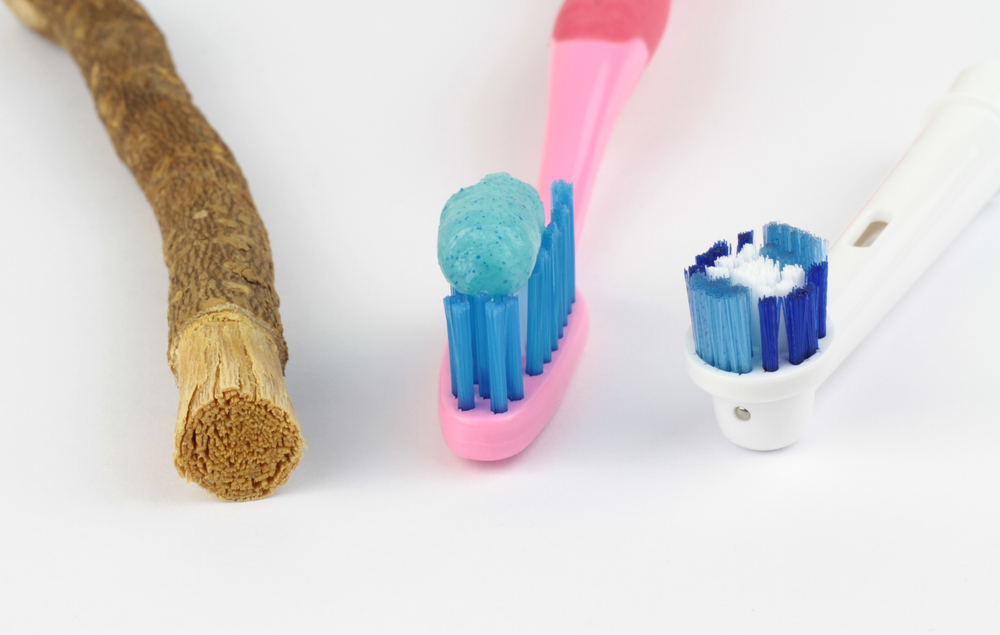
Like the toothbrush, Edison’s sewing-thread filament reminds us that simplicity often underpins the greatest breakthroughs. Invention is not always about creating something new from nothing, but about seeing possibilities others overlook.
The original article was written by Asuki Abas and published in the April 2004 edition of estidotmy. This article has been updated for brevity and clarity.



